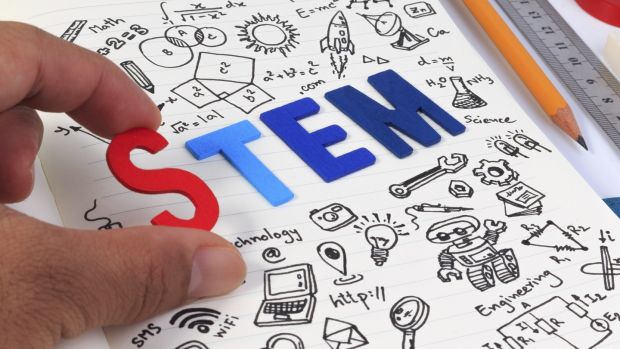Education in science, technology, engineering and mathematics has already been required for the current citizen. Later on, it’ll be much more important. However, the U.S. isn’t doing in addition to it may be in supplying a STEM education to the teenage students. A 2009 report from Program of Worldwide Student Assessment (PISA) rated U.S. 15-year-olds as 18th and 13th in mathematics and sciences, correspondingly. What is the news is particularly somber since 34 nations were assessed by PISA, and most of them are much less wealthy compared to U.S.
The issue was observed lengthy prior to the 2009 PISA assessment, however. Concerns in early area of the century led to the 2006 Science, Technology, Engineering and Mathematics (STEM) Initiative. This initiative aims to supply better practicing teachers and much more use of high-quality STEM education for college students. The main focus from the initiative is on applied STEM topics, the skills that’ll be needed to coach the scientists, mathematicians, engineers and technicians for the future.
Before the STEM Initiative, many schools had made their very own efforts to enhance education during these areas. However, the initiative made it feasible for new and existing schools to acquire funding for STEM education. The aid of business and government funding enabled many schools to supply a greater concentrate on STEM topics and be sure their graduates were conversant during these essential fields.
Since the concentrate on STEM education was new, schools also pioneered innovative and new ways of teaching to determine what effect they’d on student success. Smaller sized classrooms of a maximum of 10-12 students along with a computer for every were debuted. Using Skype, interactive video and electronic textbooks introduced technology in to the curriculum at many high schools.
Support for individuals who’d the power although not the financial way to continue a STEM-related education seemed to be produced. A Washington condition program that provided scholarships to students who scored highly around the STEM parts of condition or college entrance tests is a such offering. To acquire the scholarship funding, the scholars needed to accept pursue a STEM major attending college and work with a Washington-based company inside the field for any given period after graduation.
Innovation was just area of the push for much better STEM education, though. Solid improvement within the fields needed several fundamental elements, for example well-trained teachers, appropriate curricula, and significant assessments. Improving the amount of specifically trained teachers, student use of integrated-technology classrooms, and inspiring interactive, inquiry-based learning counseled me important areas of the STEM Initiative.
Schools can and also have become STEM-designated institutions by meeting certain educational needs. This designation may bring use of significant funding from government and business sources. What is really a STEM-designated school depends upon the condition, however. Federal rules outlined the fundamental idea, but each condition made its very own rules regarding just what was needed.
The designation took it’s origin from numerous factors, but considerable weight was put on teaching methodology and curricula. Some STEM-designated schools came to exist as entirely new schools, designed in the ground-up to satisfy these needs. Others shifted their existing methodology and curricula to become more consistent with individuals needed to get STEM-designated.
There’s solid national support for that STEM Initiative from most corners. However, many people think that the main focus from the program is simply too narrow and is a concept locked onto by government and business officials so that they can bolster the economy. Concerns from all of these critics include the concept that a serious concentrate on STEM education may lead to a lot of qualified people for that STEM careers for the future.
The critical assessments from the STEM Initiative with a couple of are unlikely to help the general forward momentum from the program. Condition and national governments still push for additional STEM-designated schools and bank to finance these efforts. Anticipation would be that the combined efforts of governments and companies will enhance the condition of science and math education for U.S. students.











